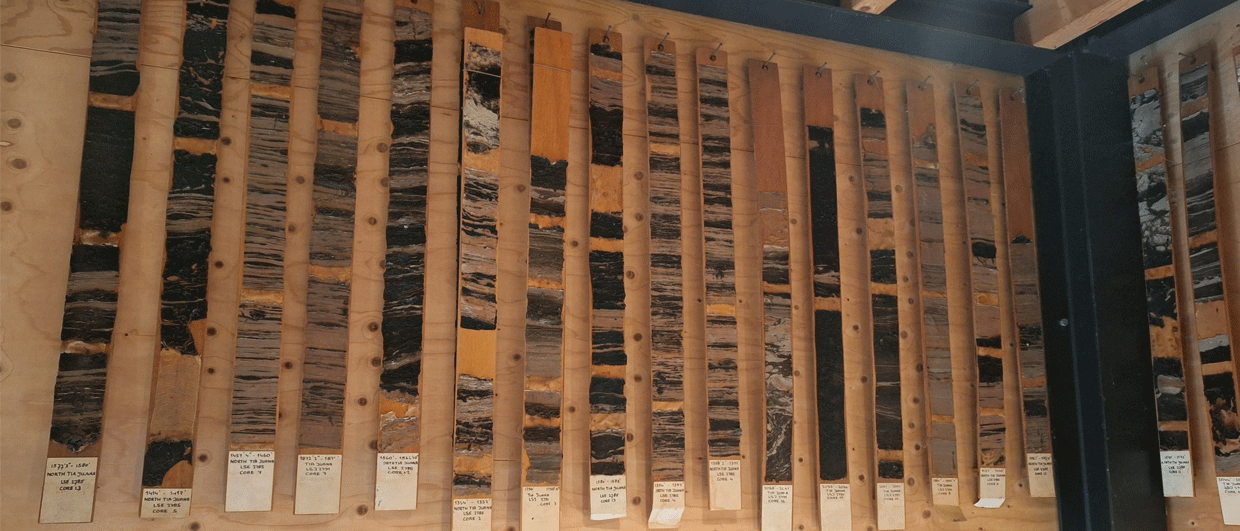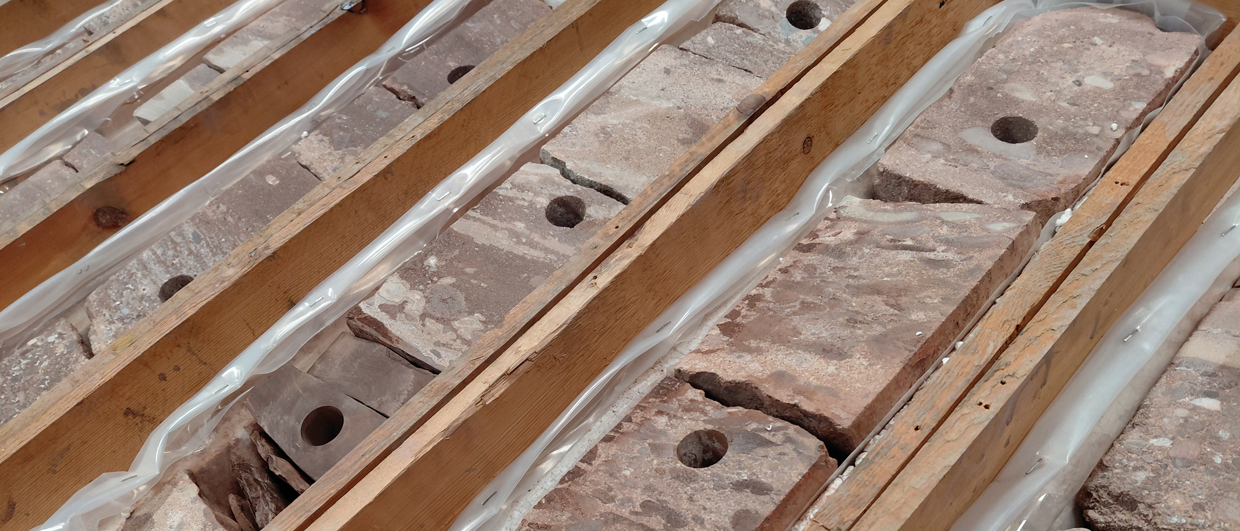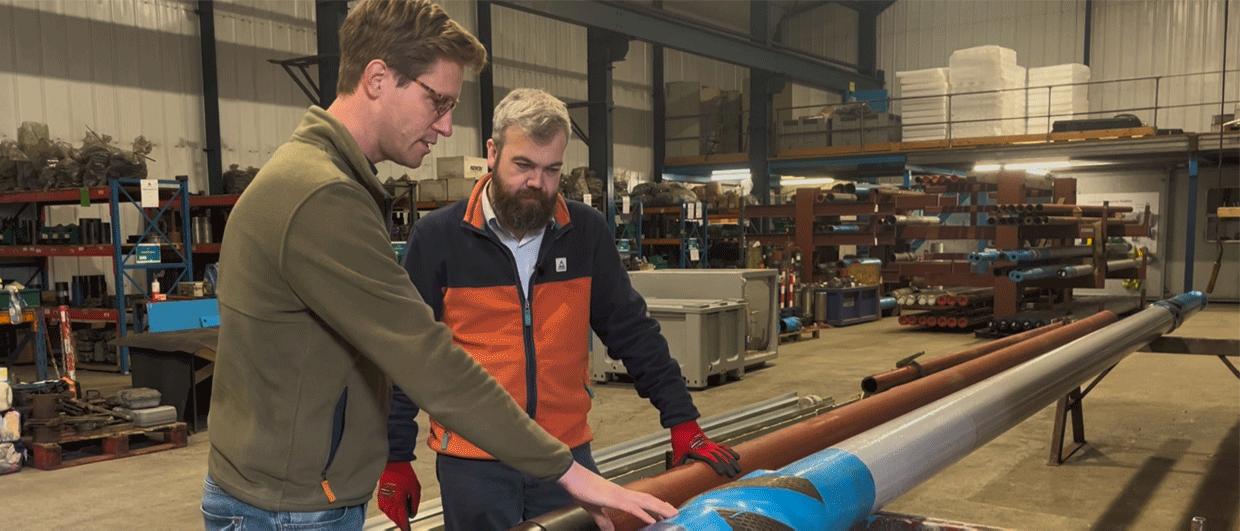“I couldn’t get it over my heart to dispose of these cores,” says Evert van de Graaff in an email. It was at some point in the late 1990’s, during an internal clear-out of Shell’s training center in the Netherlands, that a set of cores from the Lagunillas Formation in the Tia Juana field in Venezuela resurfaced. “The plan was to get rid of them”, says Evert, who worked for Shell at the time, “but luckily I found a new owner; a museum director in Boxtel, the Netherlands, who was building an ever-expanding collection of paleontological masterpieces.”
Whether Miocene oil-stained sands form the perfect fit for a museum of that kind is not the question at the moment. René Fraaije, the director, was keen to integrate the cores into his collection. However, Shell did not let that happen too easily; all sorts of forms had to be signed, stipulating that the new owner was not to ever dispose of these cores in the “conventional” household way and thus causing another oil spill…
René signed the documents, and the cores found their way to Boxtel, where they can be admired in the Oertijd Museum until today. For this article, René was so kind to take a few photos of the current display.
Huff and puff
There is another interesting bit of history from the area where these cores were cut. That relates to the way the heavy oil was produced from these deltaic sands in the 1950’s and 1960’s, when Shell operated many oil fields in Venezuela.
Because the oil was so heavy in the Lake Maracaibo area, steam flooding was common practice. In contrast to what is happening today, however, these steam floods at the time worked with vertical steam injectors and vertical oil producers, often drilled in a 4 or 6-well grid.
“I was once told by an old colleague that Shell Venezuela had drilled yet another well that was going to be an injector,” says Evert. “However, when injection started, the wellhead pressure increased so much that engineers feared for a blow-out. It was decided to shut in the well temporarily and wait for the pressure to dissipate.”
A few weeks later, when the pressure was checked again, it was still incredibly high, implying that no further steam could be injected. “Instead,” continues Evert, “it was decided to bleed off the steam in order to reduce the pressure that way.”
But, instead of water or steam, the well started flowing oil that was nicely heated up. “It was the point where production engineers “invented” the “huff and puff” method of heavy oil production,” says Evert, “which is still being used in many places across the world.”
Maybe it is better not to put a sign in the Dutch museum that these cores are from the area where Shell made this invention to enhance heavy oil production…





